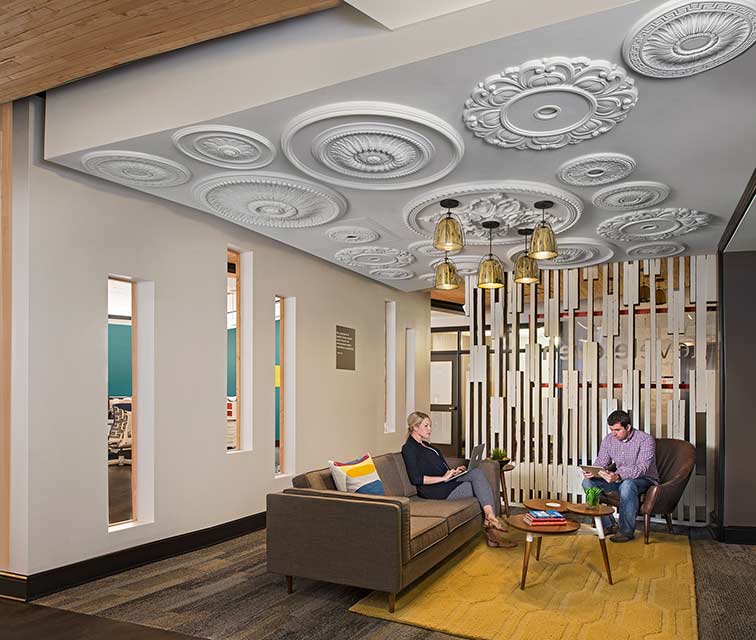Commercial Real Estate Conundrum: Investors Want Old Buildings but New Tech

Investors are looking for unique and authentic offices in older buildings with architectural character, some of the city’s biggest developers said today. And that presents challenges when tenants also seek state-of-the-art tech and amenities that also must be incorporated into the aging structures.
The heads of RXR Realty, Silverstein Properties and L&L MAG, a new firm co-founded by former Forest City Ratner Chief Executive MaryAnne Gilmartin, discussed the changing nature of core assets—properties that tend to be targeted by big investors such as pension funds—at a Real Estate Board of New York event. Out of all the buildings owned by RXR, for example, investors gravitate to the Starrett-Lehigh building on Manhattan’s West Side, a behemoth designed in the International Style and completed in 1931. RXR chief Scott Rechler said that developing the property into a modern office building required restraint. He held off on making too many changes that would have caused tenants to smell inauthenticity.
“If you try too hard, it gets rejected,” he said. “It’s much more of an art than a science.”
In fact, newly developed boutique office buildings have netted some of the highest per-square-foot rents in the city. And not only have large glass-and-steel towers landed major anchor tenants in Hudson Yards and elsewhere, but they also have attracted startups and media companies that had originally preferred loft buildings. Silverstein, for example, has lured companies such as Spotify to the World Trade Center, in part because employees are no longer faced with waiting in line for elevators and bathrooms, which can happen in older buildings originally created for much smaller workforces.
Silverstein Chief Executive Marty Burger believes startups eventually will conclude the negatives of retrofitted old offices outweigh the positives. “[These companies] will come to a glass-and-steel office building that was taboo five years ago,” he said.
Wait! Don’t miss out on the latest insights
Sign up for Saschse Construction’s
e-newsletter below!
Featured Topics
BUSINESS
INDUSTRY NEWS
Investment

